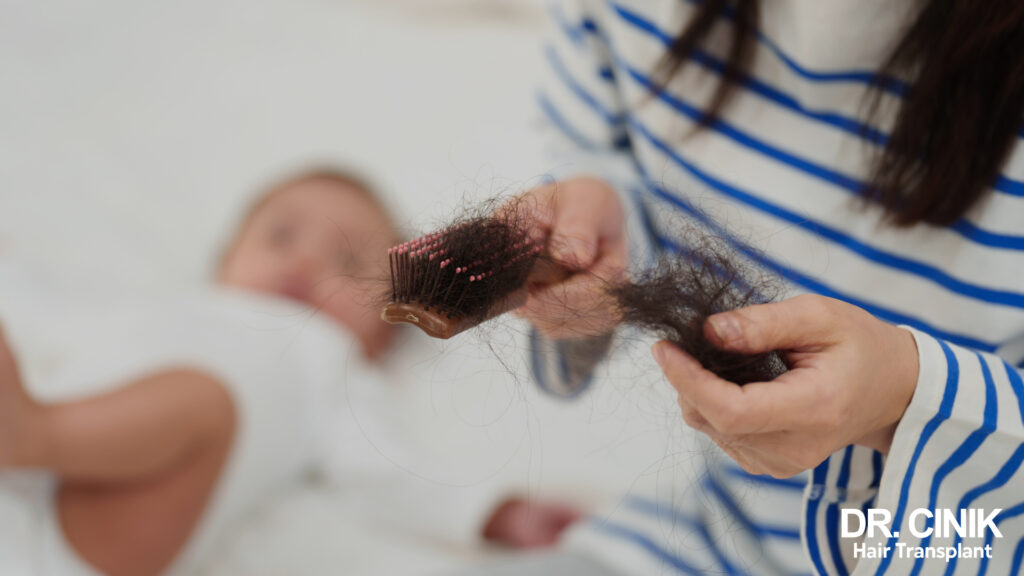Hair loss in clumps: when to be concerned?
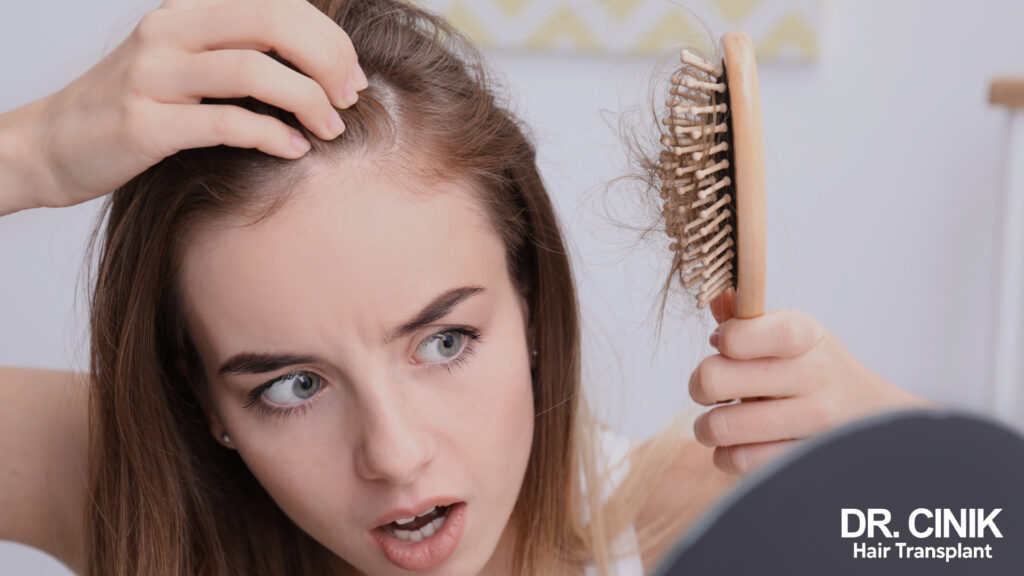
Summary
It’s normal to lose a few hairs each day, whether when styling, showering, or changing clothes. This is part of the natural hair growth cycle and is not a cause for concern. However, when the hair loss becomes excessive, particularly in clumps, it’s reasonable to be worried. An unusual amount of hair on your pillow, a brush that fills up faster than usual, or visible thinning of your hair can be signs of an underlying issue (Phillips et al., 2017). Discover the causes of this sudden hair shedding and all our solutions to preserve your crowning glory.
Why am I losing my hair in handfuls?
Losing between 50 and 100 hairs per day is entirely normal. This may seem like a lot, but considering we have around 100,000 hair follicles, this daily loss is insignificant (Al Aboud et al., 2024). Moreover, new growth naturally compensates for these losses.
However, certain factors can influence hair loss. Women, for example, may lose more hair than men due to various hair treatments such as dyes, blow-dries, or repeated hairstyles, which can lead to conditions like traction alopecia or scarring alopecia, as well as hormonal fluctuations related to pregnancy or menopause. When the loss intensifies, and entire clumps of hair start to detach, it’s crucial to understand the potential causes and act accordingly.
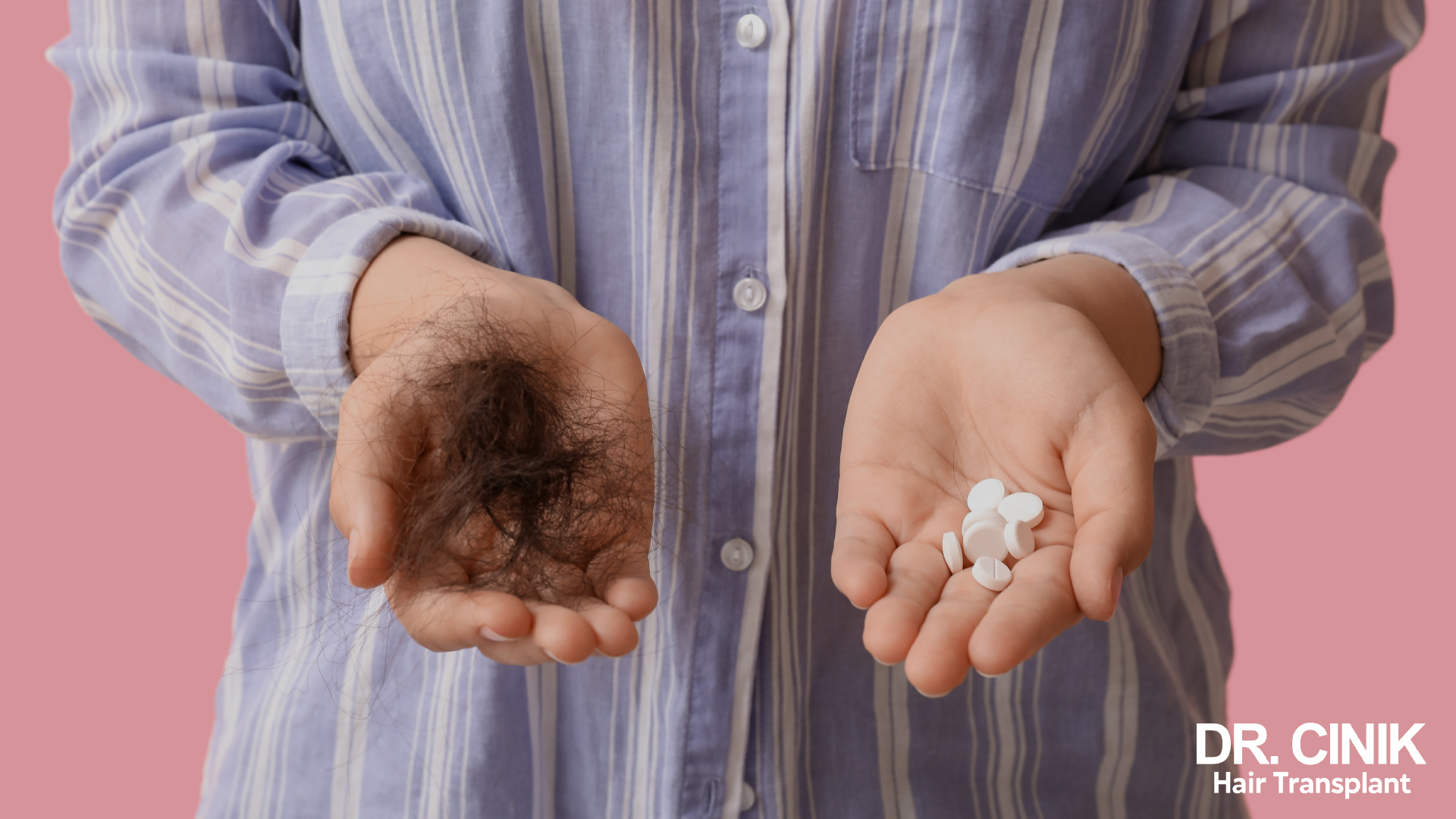
Understanding the hair growth cycle
To better understand the phenomenon of hair loss, it’s essential to understand the life cycle of each hair strand. This cycle occurs in four distinct phases and generally lasts 2 to 5 years before restarting (Wolff et al., 2016).
Good to know: Not all your hair strands are at the same stage of this cycle simultaneously, which ensures a balanced distribution of growth and shedding.
The hair growth cycle consists of 4 phases:
- The anagen phase corresponds to the active growth period, during which cells divide rapidly to form new hair strands. At any given time, approximately 90% of the hair on your scalp is in this dynamic phase, which lasts between 2 and 7 years (Al Aboud et al., 2024).
- The catagen phase represents a short transition that lasts only two to three weeks. During this period, which concerns around 2% of your hair, growth gradually slows down until it stops completely, while the hair follicle begins to contract.
- The telogen phase, also called the resting phase, is characterised by the complete cessation of hair growth, although the hair remains attached to the follicle without falling out. This phase lasts about 2 to 4 months (Al Aboud et al., 2024). Meanwhile, a new hair is already starting to develop at the base of the follicle.
- The exogen phase is the final stage, during which the hair is naturally expelled from the hair follicle. Once this hair has fallen out, the follicle will enter a new cycle, returning to the anagen phase, allowing a new hair strand to emerge.
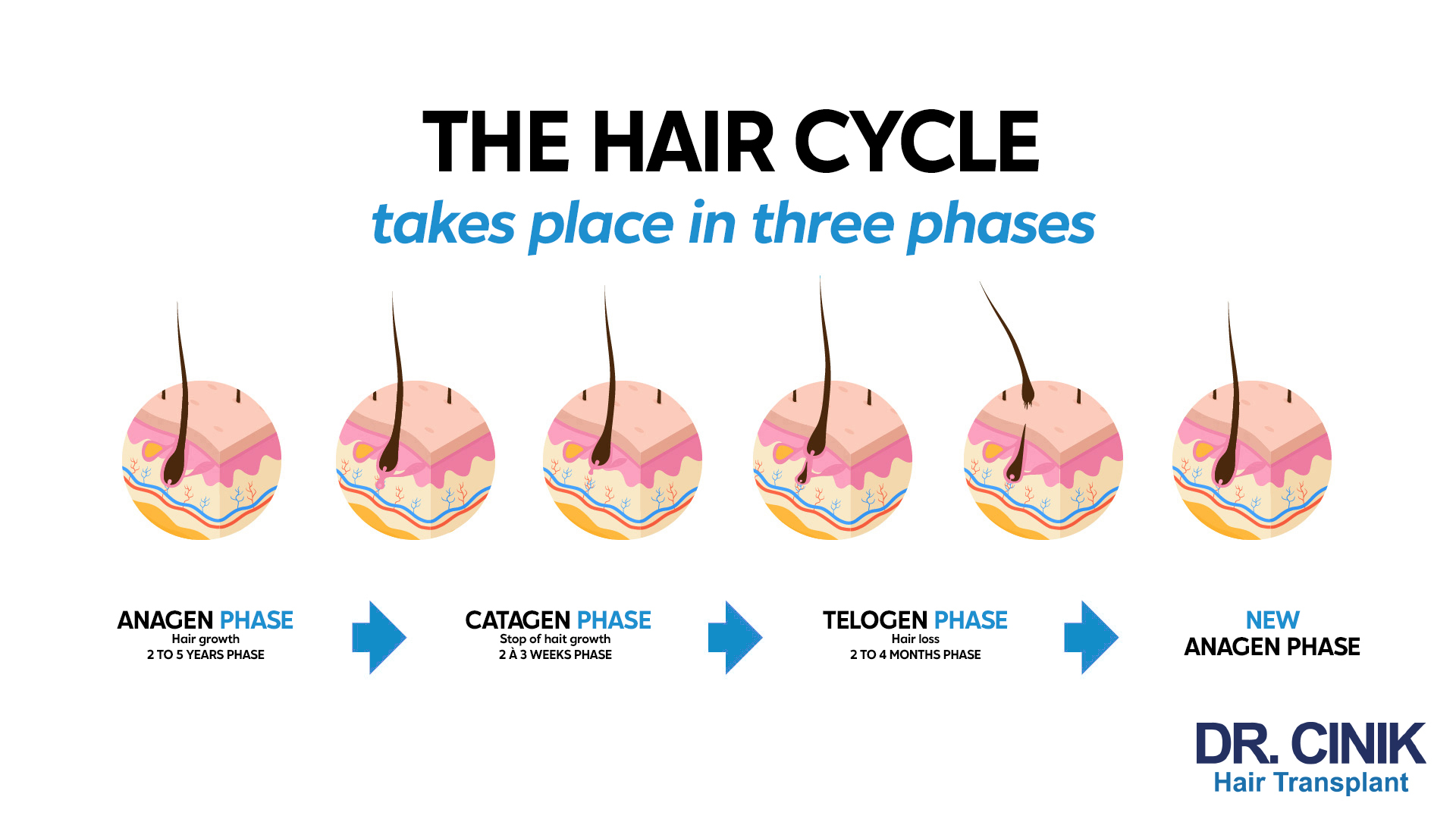
When to be concerned about hair loss?
Now that you have a better understanding of the natural hair renewal cycle, you can appreciate why a daily loss of 50 to 100 hairs is perfectly normal and should not cause concern.
However, when this loss exceeds the 100-hair-per-day threshold on a regular basis, it becomes reasonable to be concerned, as it may signal an abnormal shedding that requires special attention (Phillips et al., 2017).
Under optimal conditions, your hair capital is designed to maintain a beautiful density until at least 75 years old in men (representing around 25 cycles of 3 years) and up to 125 years old in women.
However, if for various reasons the hair cycle duration starts to shorten, gradually going from 3 years to 2 years, then 1 year, or even 6 months, a process of alopecia will insidiously set in. Without external intervention to curb this abnormal acceleration of the renewal rate, this alopecia may become irreversible over time.

It is generally recommended to consult a specialist when you notice one or more of the following signs:
- You notice an unusual amount of hair shedding during washing or brushing
- You regularly find clumps of hair on your pillow, clothes, or the floor
- Your hair appears to have lost volume and feels finer to the touch
- Certain areas of your scalp become more visible, revealing the skin
- This hair loss has persisted for more than two to three consecutive months
A simple test called the “hair-pull test” can be performed by your doctor to assess the shedding activity. This test involves gently pulling on about 40 to 60 hairs and counting how many come out. Traditionally, if more than 10% of the pulled hairs (4 to 6) detach, the test is considered positive (Al Aboud et al., 2024).
What illness can cause hair loss?
Several conditions can be the cause of abnormal hair loss. Here are the main ones.
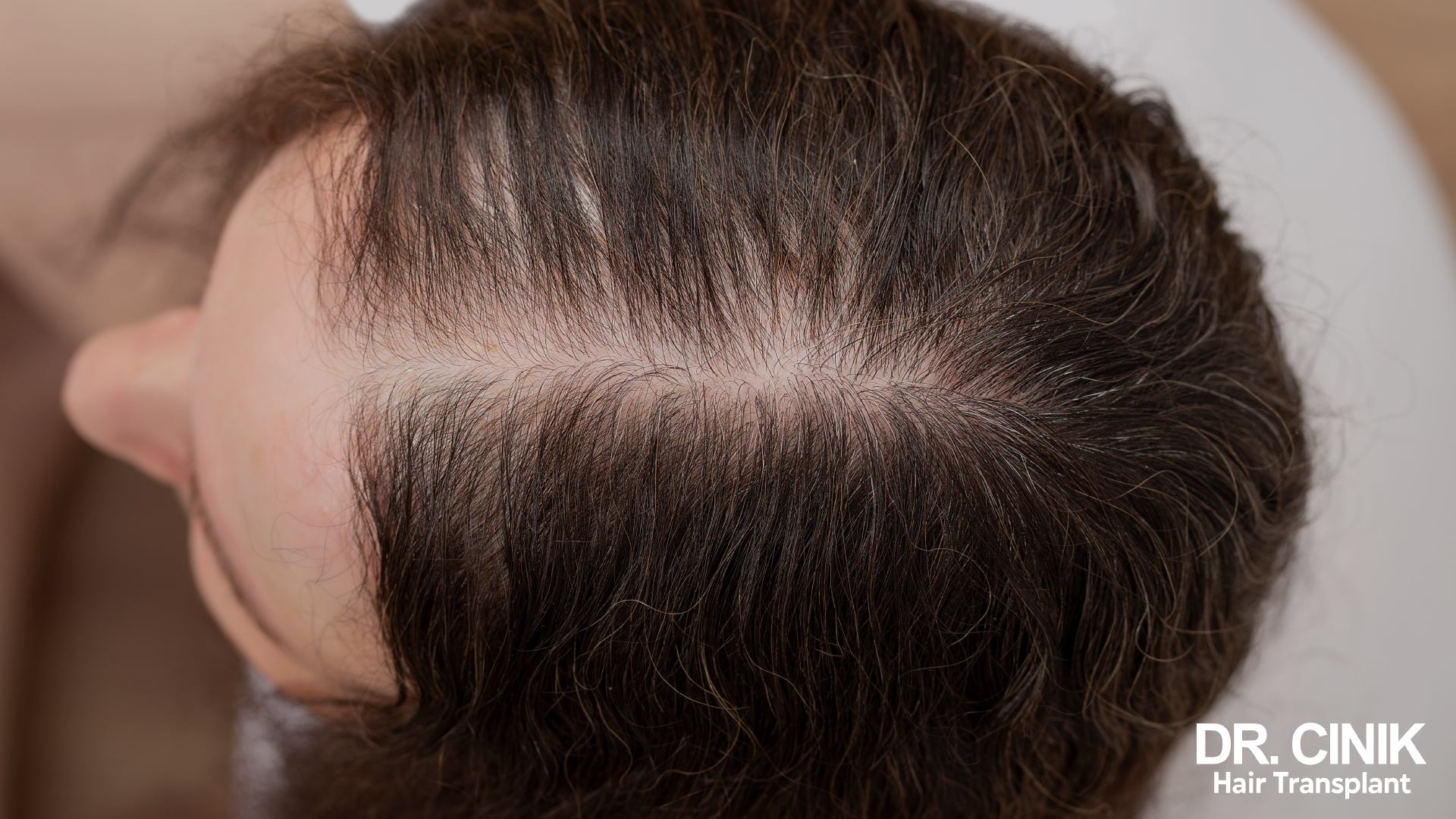
Androgenetic alopecia
Androgenetic alopecia, as the name suggests, has a genetic origin. The main trigger is an excess of androgen hormones (male hormones) that significantly accelerate the hair life cycle. This acceleration leads to premature hair shedding, with the new hair growing back progressively finer, until it no longer grows at all in advanced cases, resulting in baldness (Tamashunas & Bergfeld, 2021).
This form of alopecia affects both men and women, although the manifestations differ by gender. In women, it generally results in a diffuse thinning of the hair rather than outright baldness. Genetic studies have identified variants of the androgen receptor, particularly the AR/EDA2R gene, as being involved in this condition (Al Aboud et al., 2024). Fortunately, both medical and surgical solutions are now available to slow the progression of this hair loss and mitigate its visible effects.
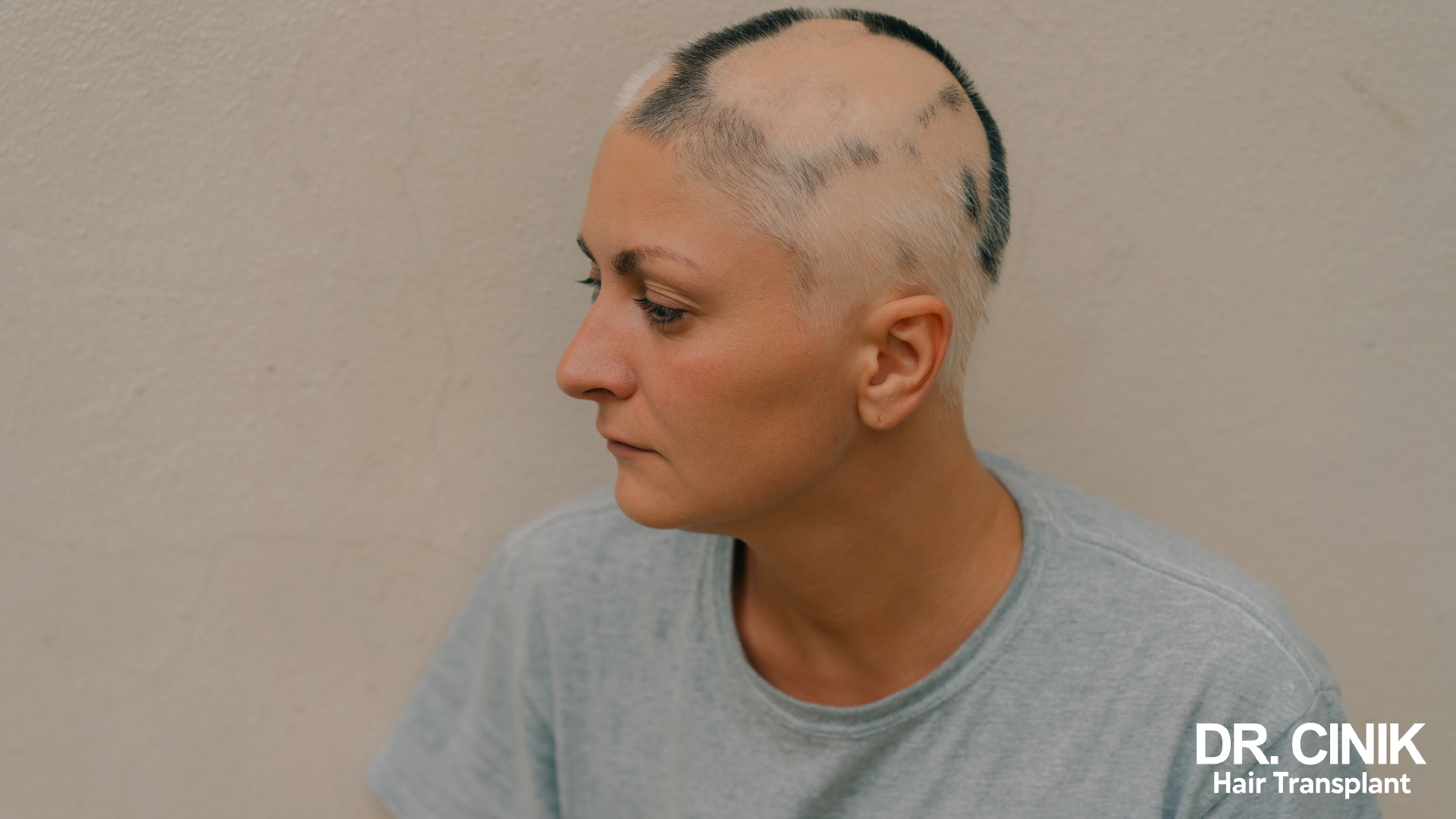
Alopecia areata
Alopecia areata, or alopecia areata, causes hair loss that can be partial or total, depending on the case. It is an autoimmune disease where the immune system mistakenly attacks the hair follicles (Lintzeri et al., 2022). This condition is characterised by the sudden appearance of bald patches, usually round or oval, on the scalp. In more severe cases, it can progress to total alopecia (complete hair loss) or universal alopecia (loss of all body hair). Although unsightly and sometimes psychologically challenging, this form of hair loss is generally not permanent.
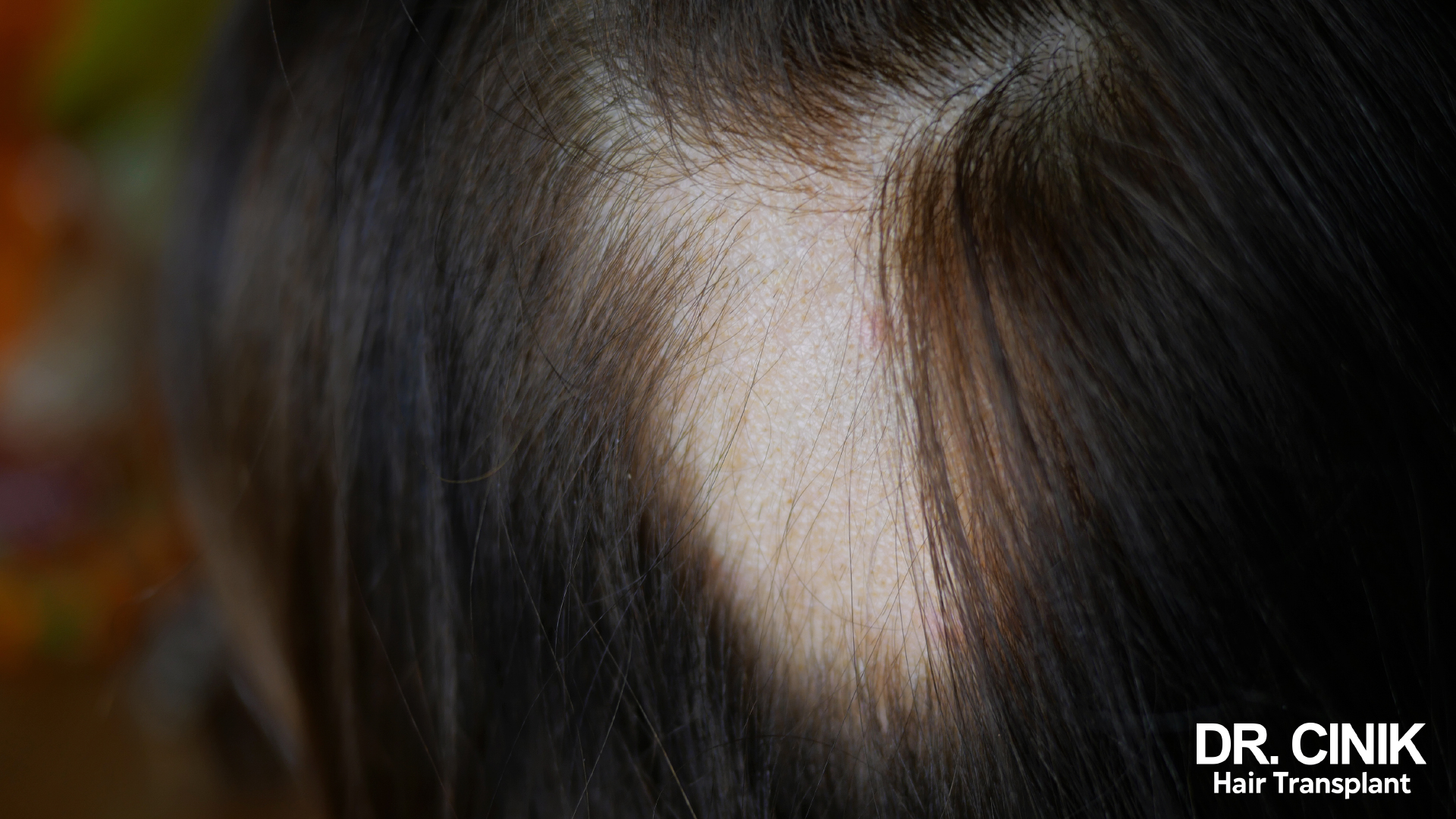
Ringworm
Ringworm is a scalp condition caused by a fungal parasite. Although it primarily affects children, it can also occur in adults. It manifests as circular red patches scattered across the scalp.
The responsible agent is a microscopic fungus that proliferates on the scalp and attacks the hair follicles, causing a localised alopecia. Treatment for ringworm requires eradication of the parasite using antifungal medications, which can be prescribed topically or orally, depending on the severity of the infection.
Lichen planopilaris
If you notice unusual hair loss after experiencing an emotional shock or following specific medical treatment, you may be suffering from lichen planopilaris. This scalp condition primarily affects women between 30 and 40 years old and is thought to be linked to an immune system imbalance (Fechine et al., 2022).
The mechanism of this condition is similar to other hair diseases: redness appears on the scalp, accompanied by inflammation of the hair follicles, which impairs normal hair growth. This condition is characterised by progressive destruction of the hair follicles, leading to permanent scarring alopecia. Without appropriate treatment, the hair loss can become permanent (Al Aboud et al., 2024).
How to regain hair volume?
The strategy to regain hair volume entirely depends on the underlying cause of the hair loss. Each type of hair loss requires a specific and personalised approach.
In the case of androgenetic alopecia, which represents the most common form of hair loss (around 37.7% of alopecia cases according to a 2019 multicentre study), hair transplantation has emerged as an effective and long-lasting solution (Vañó-Galván et al., 2019). This surgical technique involves harvesting hair follicles from resistant areas (usually the back of the scalp) and implanting them in thinning zones. The results are natural and permanent, allowing you to regain a dense and harmonious head of hair.
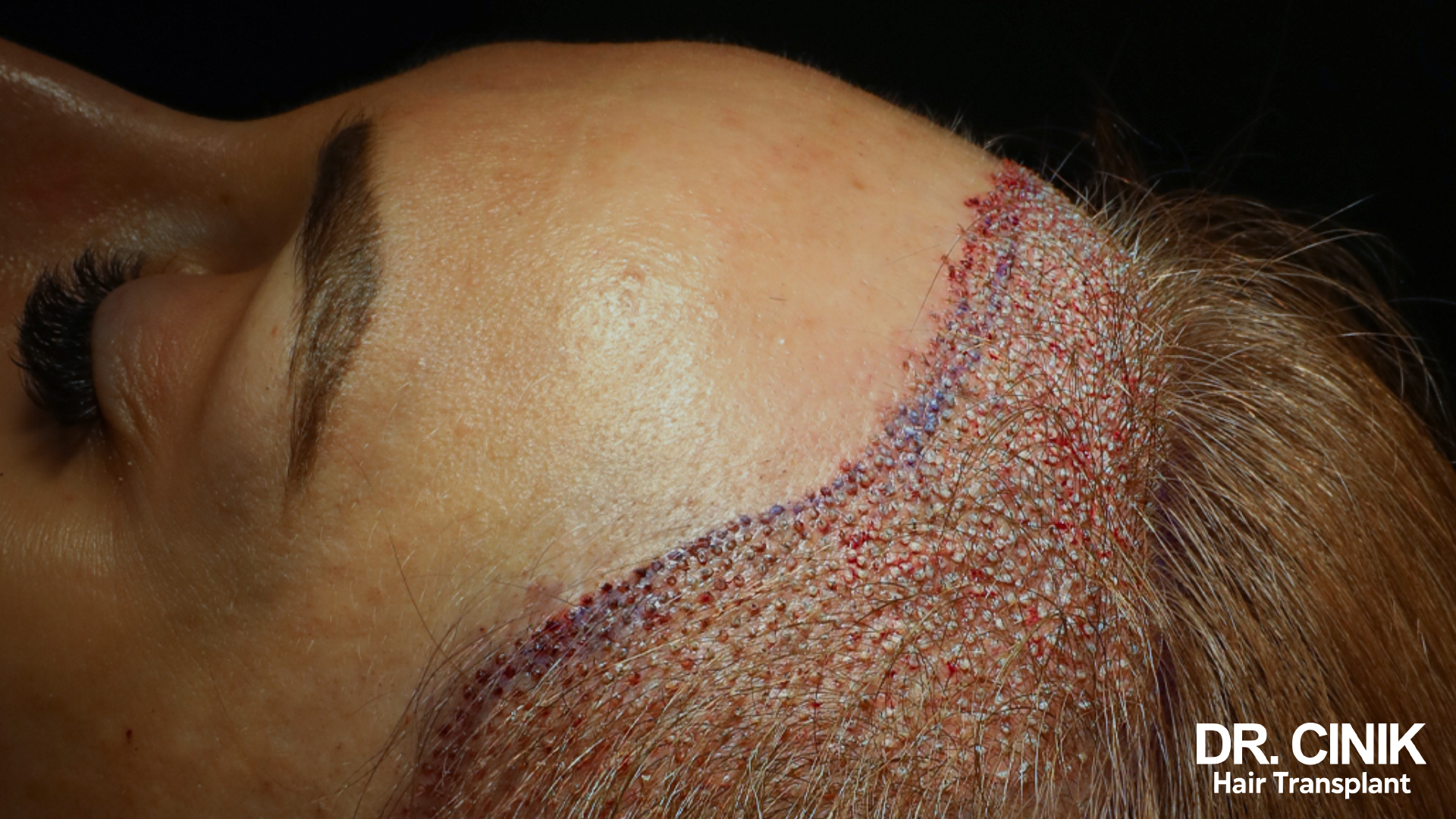
For alopecia areata, therapies primarily aim to “immunosuppress or immunomodulate the disease activity” (Lintzeri et al., 2022). First-line treatments usually include topical corticosteroids or intralesional injections for localised cases of alopecia, while for more severe forms, oral corticosteroids may be prescribed (Al Aboud et al., 2024).
For telogen effluvium, recovery is generally complete once the triggering factor is identified and eliminated. It is important to inform patients that hair shedding may stop within 3 to 6 months after the trigger is removed, and that cosmetically significant regrowth may take 12 to 18 months (Al Aboud et al., 2024).
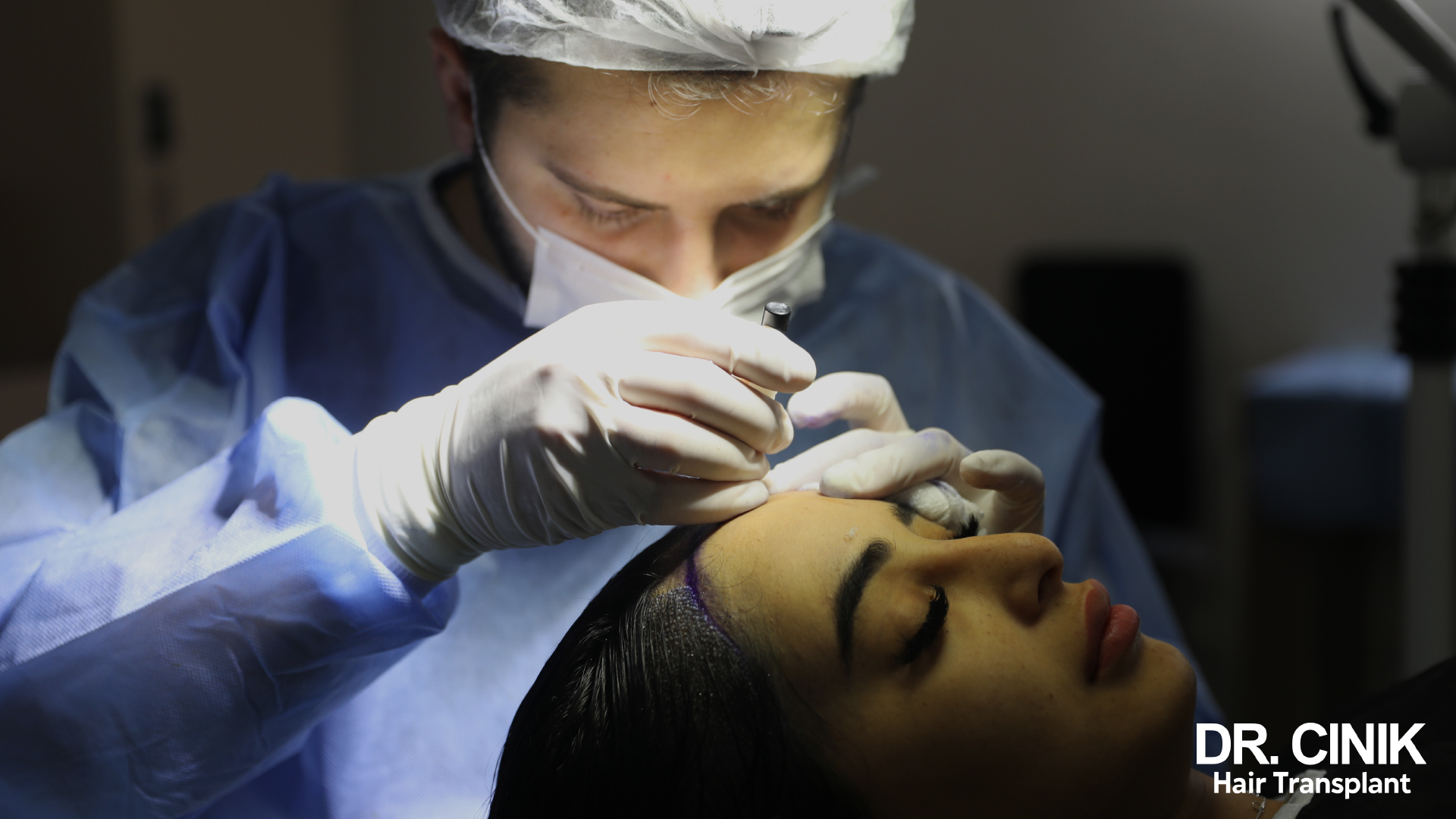
Among the globally renowned specialists in this field, Dr Cinik in Turkey has established himself as a leading authority. His clinic in Istanbul offers state-of-the-art hair transplant procedures, including the FUE and DHI techniques, renowned for their natural results and rapid recovery.
Many international patients choose Dr Cinik for his expertise, cutting-edge equipment, and the competitive rates offered in Turkey compared to Western clinics, while benefiting from a quality of care comparable to the best European standards. Dr Cinik’s personalised approach, tailoring each intervention to the patient’s specific characteristics (donor area density, hair type, facial features), greatly contributes to the high satisfaction rate of his international clientele.
Sources
Al Aboud, A. M., Syed, H. A., & Zito, P. M. (2024). Alopecia. In StatPearls. StatPearls Publishing. https://www.ncbi.nlm.nih.gov/books/NBK538178/
Fechine, C. O. C., Valente, N. Y. S., & Romiti, R. (2022). Lichen planopilaris and frontal fibrosing alopecia: review and update of diagnostic and therapeutic features. Anais Brasileiros de Dermatologia, 97(3), 348-357.
Lintzeri, D. A., Constantinou, A., Hillmann, K., Ghoreschi, K., Vogt, A., & Blume-Peytavi, U. (2022). Alopecia areata – Current understanding and management. Journal of the German Society of Dermatology, 20(1), 59-90.
Phillips, T. G., Slomiany, W. P., & Allison, R. (2017). Hair Loss: Common Causes and Treatment. American Family Physician, 96(6), 371-378.
Tamashunas, N. L., & Bergfeld, W. F. (2021). Male and female pattern hair loss: Treatable and worth treating. Cleveland Clinic Journal of Medicine, 88(3), 173-182.
Vañó-Galván, S., Saceda-Corralo, D., Blume-Peytavi, U., Cucchía, J., Dlova, N. C., Gavazzoni Dias, M. F. R., Grimalt, R., Guzmán-Sánchez, D., Harries, M., Ho, A., Holmes, S., Larrondo, J., Mosam, A., Oliveira-Soares, R., Pinto, G. M., Piraccini, B. M., Pirmez, R., De la Rosa Carrillo, D., Rudnicka, L., … Miteva, M. (2019). Frequency of the Types of Alopecia at Twenty-Two Specialist Hair Clinics: A Multicenter Study. Skin Appendage Disorders, 5(5), 309-315.
Wolff, H., Fischer, T. W., & Blume-Peytavi, U. (2016). The Diagnosis and Treatment of Hair and Scalp Diseases. Deutsches Ärzteblatt International, 113(21), 377-386.


